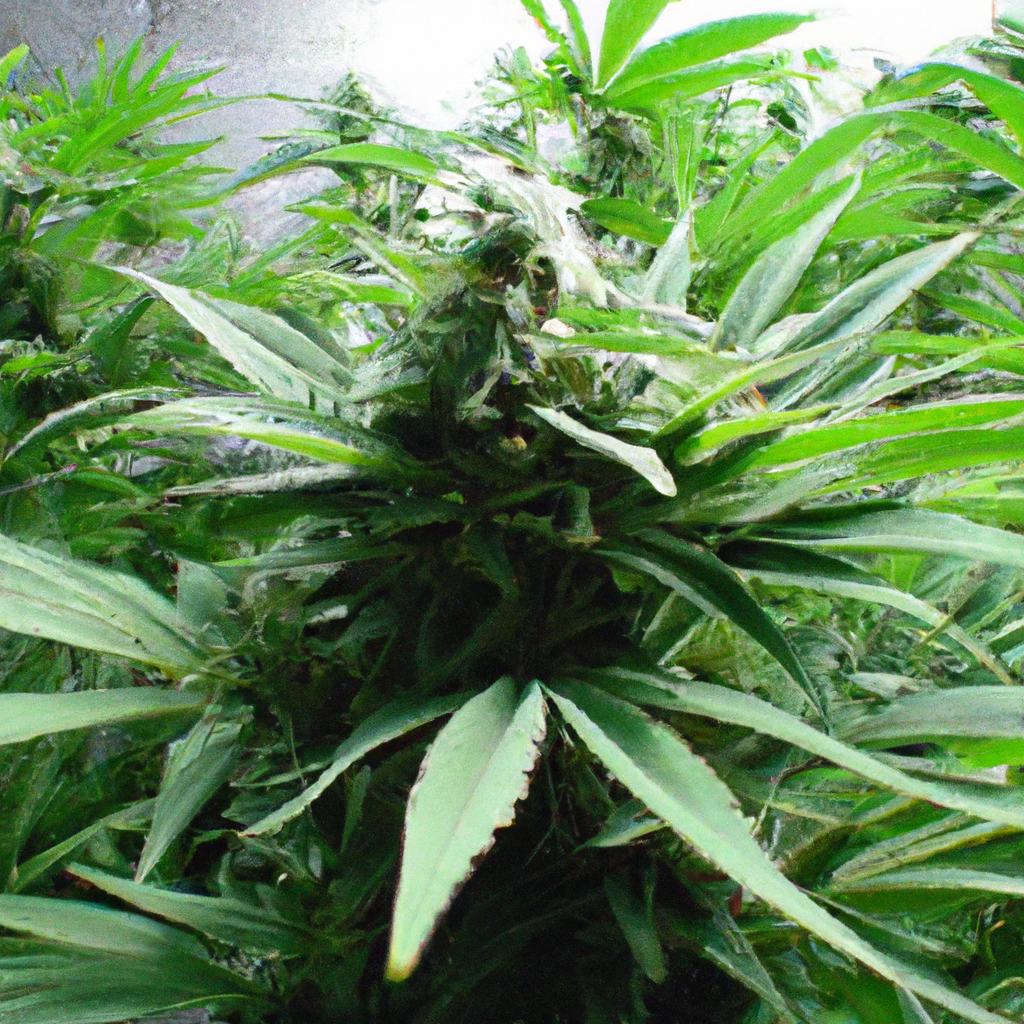By John “Magic” Greenleaf
“Growing greatness, one strain at a time.”
Introduction
The ancient art of companion planting has returned to center stage in modern agricultural practices, and cannabis cultivation is reaping the benefits. Leveraging nature’s balance and symbiosis, companion planting not only enhances yields but also fosters a sustainable environment for cannabis gardens. Today, I’ll share insights on how to tap into this synergy to elevate your cultivation game.
What is Companion Planting?
Companion planting involves strategically placing different plant species together to enhance growth, deter pests, and improve soil health. This technique can strengthen your cannabis plants while simultaneously minimizing the need for chemical interventions. It’s an environmentalist’s dream and a cultivator’s keystone.
- Pest Deterrence: Some plants, such as marigolds and basil, naturally repel harmful insects that can wreak havoc on cannabis crops.
- Soil Enhancement: Plants like clover and peas fix nitrogen in the soil, providing essential nutrients to cannabis.
- Increased Biodiversity: Diverse ecosystems are resilient ecosystems. Companion planting creates a varied habitat that supports beneficial insects and microorganisms.
John’s Top Companion Plants for Cannabis
Incorporating companions into your cannabis garden requires understanding each plant’s role. Here’s my tried-and-true list of companions that align harmoniously with cannabis:
- Basil: Not only does basil enhance cannabis flavors gently, but it also acts as a natural pest repellent.
- Lavender: Cultivate a calming garden aroma while deterring pests with lavender’s natural repellent properties.
- Yarrow: It attracts predatory insects that feed on common cannabis pests, thus boosting your pest control strategy.
How to Implement Companion Planting
- Planning: Map out your garden design before planting. Consider each plant’s mature size and growth habits.
- Selection: Choose plants based on your specific climate needs and pest challenges.
- Spacing: Maintain adequate spacing to ensure each plant thrives without crowding.
- Monitor and Adjust: Observe interactions and make changes if a particular combination isn’t yielding the desired results.
Conclusion
Embracing companion planting not only fortifies your cannabis crops with natural allies but also nourishes the surrounding environment. By fostering a holistic gardening approach, you will not only improve soil health and yield but also contribute to a more sustainable world.
As I often say, “Healthy roots, healthy buds, happy harvests.” Go ahead, explore this magical harmony and let nature be your guiding partner in cannabis cultivation.


Leave a Reply